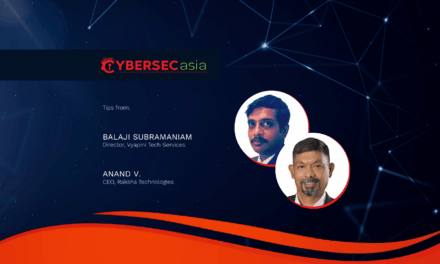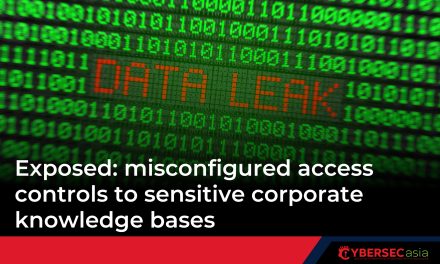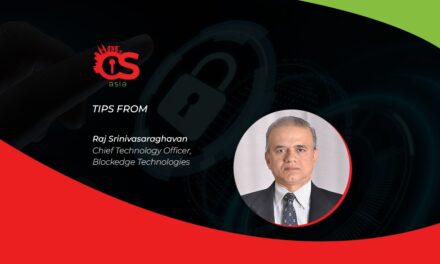Especially in APAC, the fallout from cyber extortion and related threats is too severe for organizations to rely on reactive strategies.
For organizations that have not been impacted by cyberattacks and do not believe they will be targeted, think again. As technology and digital landscape continues advancing at an exponential rate, so will cybercrimes.
Masterminded by state actors or malicious hacktivist groups intent on causing harm, these attacks are evolving and becoming more sophisticated.
Relying on just traditional, legacy mechanisms will not be sufficient to detect and identify them. In many instances, organizations have been left to scramble from the back foot as teams scurry to take the reactive approach without having control of the reins, unable to anticipate or understand emerging threats without intelligence-led cybersecurity capabilities in place.
Addressing a gaping cyber target in APAC
In the Asia Pacific region, our own research suggests that cyber extortion is being ramped up by syndicates and state-sponsored threats alike, as the region gradually integrates IT into operational technology (OT).
So far, South Korea and Singapore have experienced moderate levels of cyber extortion targeting high-value manufacturing and industrial sectors. Signs from our operations in China have revealed a heavy concentration of internal threats there, with misuse as the primary action affecting end-user devices, based on the data our operations there have gathered.
In contrast, data sources in South-east Asia have seen a 9% decrease in cyber extortion incidents.
Regardless, Cyber extortion is now recognized as the main threat to OT environments, which, unlike IT, dictate specialized requirements that make traditional cybersecurity approaches inadequate. This is because threats facing critical infrastructure, particularly within OT and mobile networks, offer an expanded attack surface that demand comprehensive, cross-functional defenses.SimpLy Gallery
In fact, OT security is now a crucial theme, especially in industries where IT and OT systems are tightly integrated.
Reactions/interventions are already too late
Time has shown it is near impossible to counter threats head-on by merely reacting to vulnerabilities: an evolved cyber landscape means that cybersecurity today is less about containment and more about detection, which involves identifying potential risks to better mitigate, manage, and control the organization’s system architecture.
Yet, many organizations are experiencing this so-called “technology bloat”, given the number of cybersecurity solutions that have already been deployed that did not necessarily integrate, resulting in disparate systems:
- Some may already be redundant
- Others are under-utilized, necessitating a critical review so that those not yielding the desired outcomes can be replaced with a forward-looking architecture
- Overall, the system does not combine a dual strategy of threat mitigation (with threat-informed prioritization for publicly exposed assets) and risk reduction (focused on the systemic risk reduction for internal environments)
For organizational CIOs / CTOs / CISOs today, they stand at an important crossroad when deciding on the next technology, or convincing the board for such a need, while ensuring returns on investments expectations are also met.
To switch from reacting to and intervening in threat incidents, there should be some urgency in adopting External Attack Surface Management or a combination of vulnerability scanning and informed threat and vulnerability intelligence.
Conclusion
In addition to boosting proactive cybersecurity, incident response readiness should ensure that managed detection and response is not merely a last line of defense, but part of continuous threat exposure management.
Organizations should therefore proactively prepare as best as they can prior to any incident, while integrating threat detection and response activities and the data supplied that would allow the enterprise to anticipate potential (attack) vectors and prioritize resources where needed. By understanding their unique threat landscape, organizations can implement 24/7 intelligence-driven strategies, apply secure-by-design principles, and select tools that match their infrastructure’s maturity.
By understanding their unique threat landscape, organizations can implement 24/7 intelligence-driven strategies, apply secure-by-design principles, and select tools that match their infrastructure’s maturity.

















